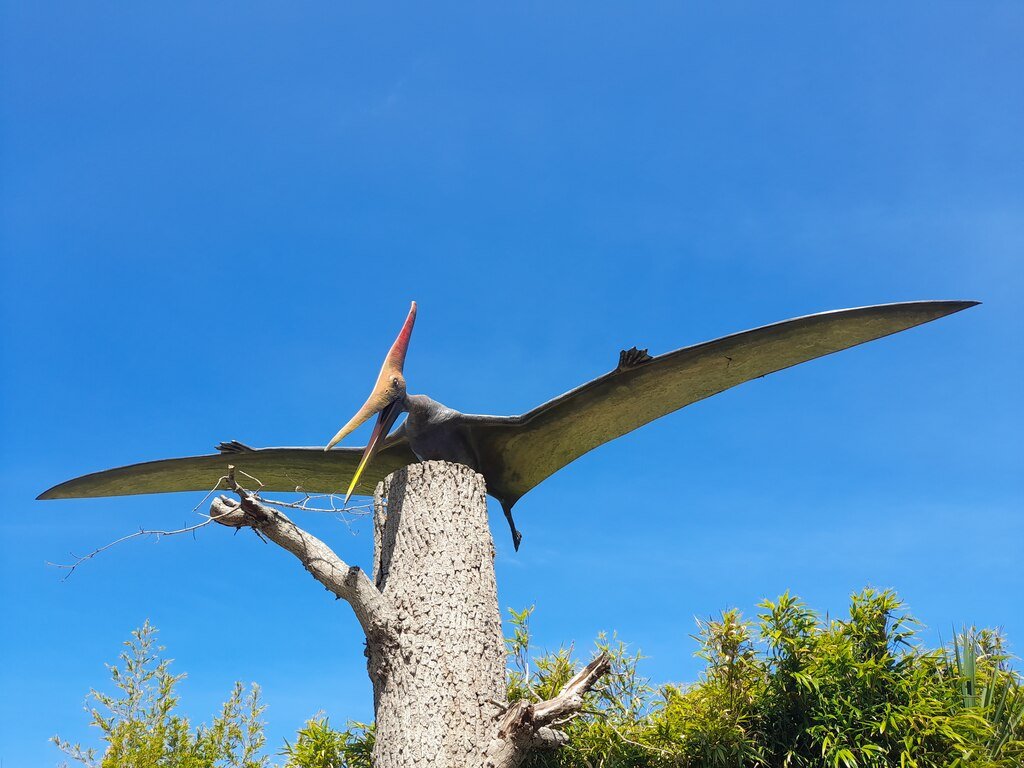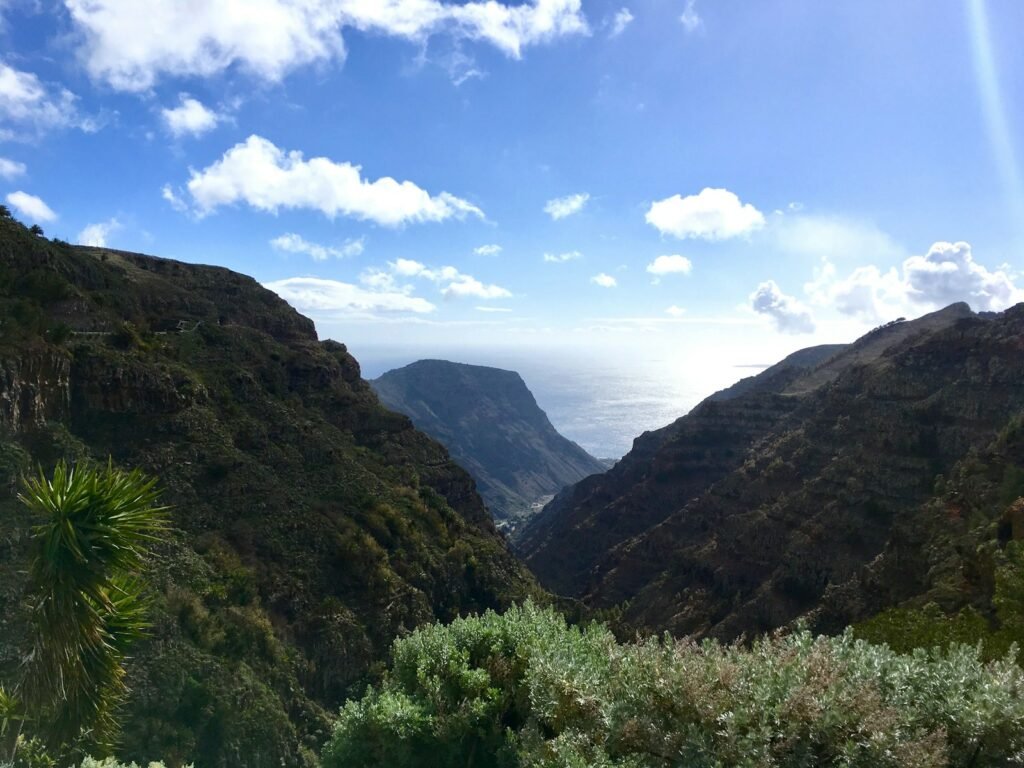Picture a late Jurassic hillside: scrubby trees, broken rock, a restless afternoon breeze kicking into steady gusts. Small, feathered dinosaurs – nimble, hot-blooded, curious – run, leap, and splay proto-wings that catch the air like kites tugging at their strings. It’s a scene that flips the usual script: not silent forests of gliders, but noisy slopes where wind is the hidden coach, turning awkward hops into controlled descents. A puzzle that has long split scientists – trees-down versus ground-up – now has a fresh third force in the mix. The new question isn’t simply where flight began, but how the air itself might have taught it.
The Hidden Clues
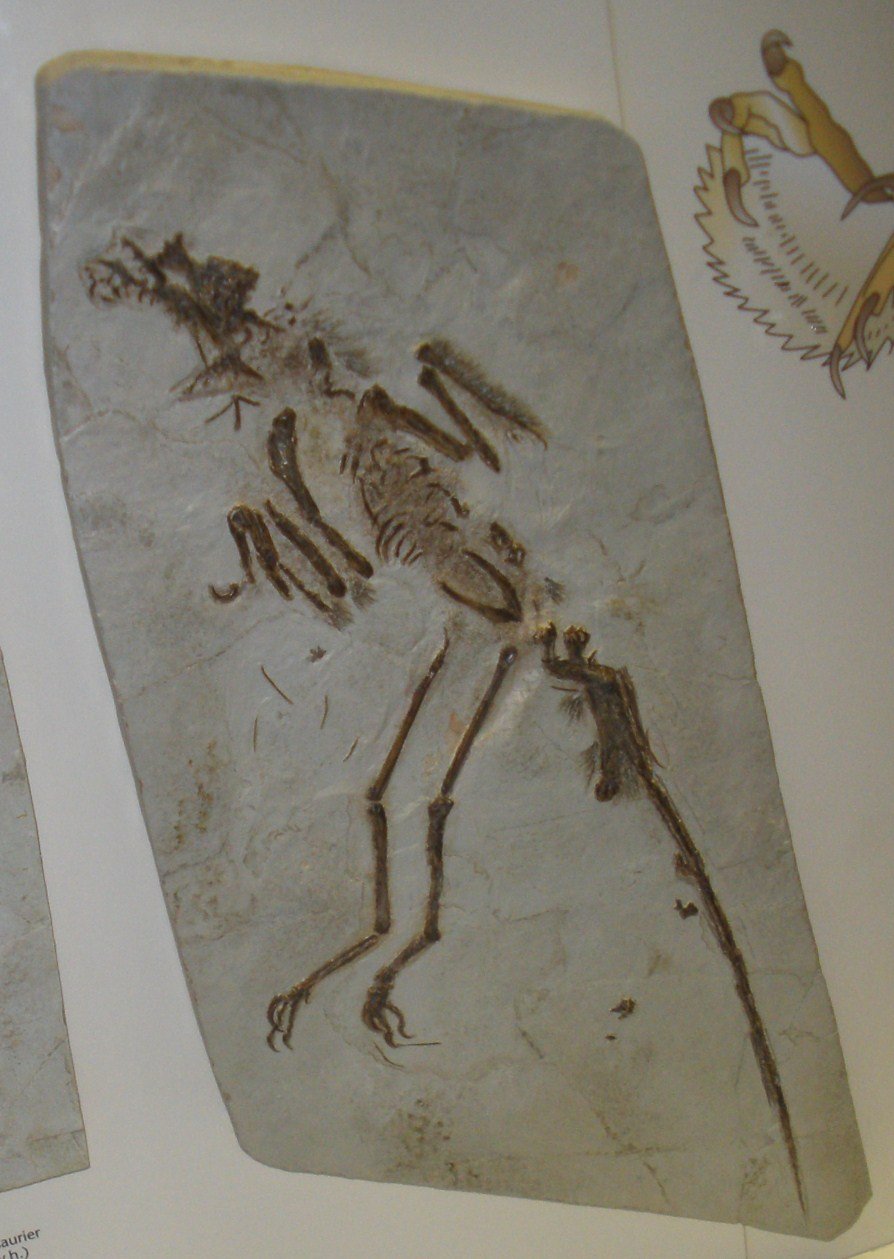
Feathered fossils from northeastern China and beyond show more than beauty; they show architecture – stiff vaned feathers on arms and tails, surfaces that grip air rather than just decorate. In some small theropods, tails widened into rudders and leg feathers formed additional lifting surfaces, a configuration that screams “control” as much as “lift.” These forms are not random; they’re the sort of shapes that respond to moving air, providing pitch and yaw authority when a body drops, hops, or glides.
I remember standing before a cast of a four-winged Microraptor and feeling the oddest hunch: those limbs weren’t just ornaments, they were brakes and steering wheels. If you’ve ever held your hand out a car window and felt the wind push your palm, you know the basic script these fossils hint at already.
From Ancient Tools to Modern Science
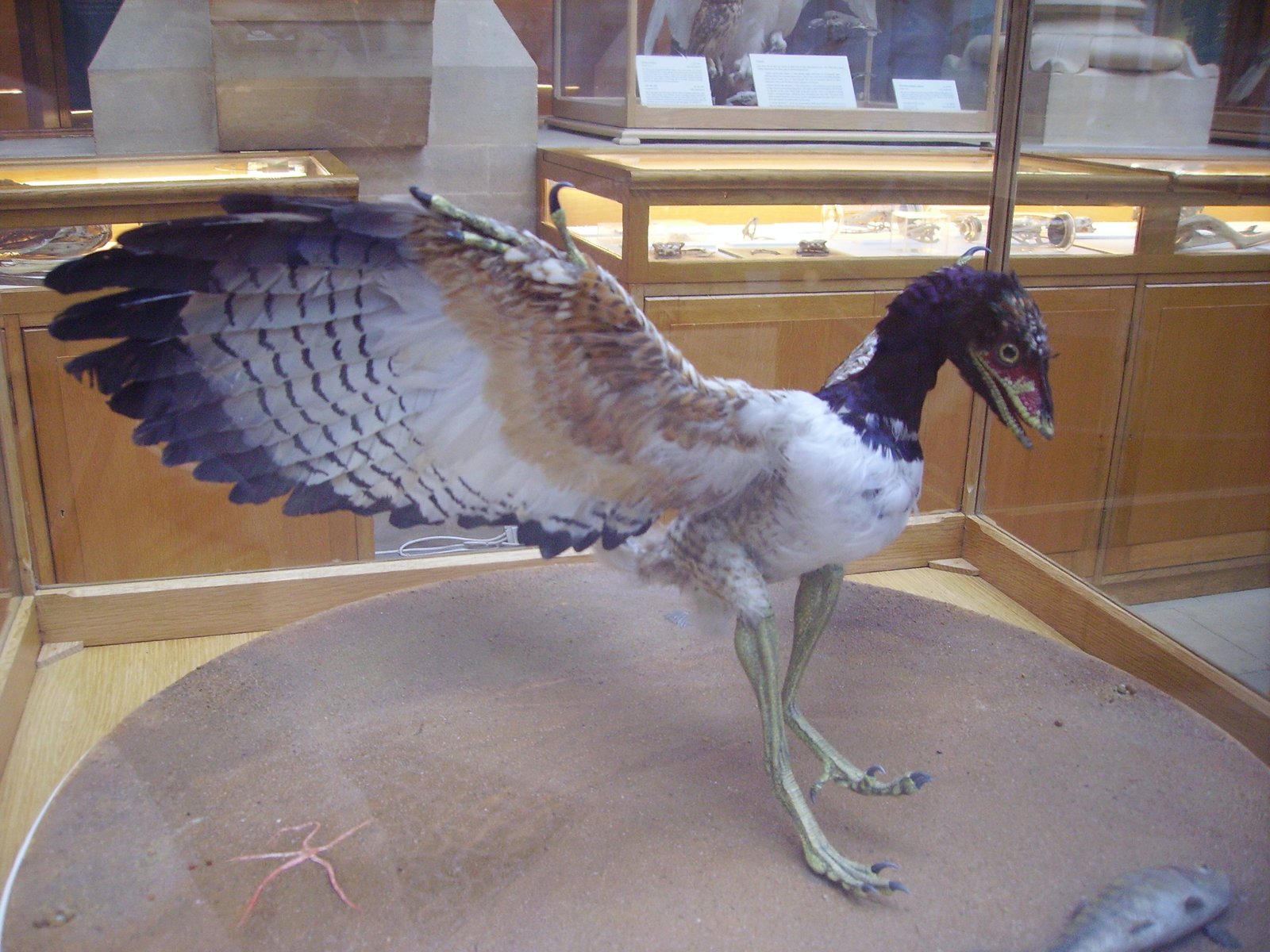
To test such hunches, researchers have built physical models of feathered dinosaurs and flown them in wind tunnels, measuring stability and control as angles change. Those models show that small tweaks in tail spread or leg position can shift a body from tumble to poise, especially at the steeper angles early learners likely faced. Experiments with living birds – high-speed cameras, motion capture, and force plates – add a crucial layer, revealing how rudimentary flapping and feather geometry produce useful forces before “true flight” arrives.
The upshot is a shared lesson across fossils and birds: control often comes first, and a little control goes a long way in gusty air. That’s not romance, it’s mechanics, and it scales from couch-cushion jumps to cliffs and canyons.
What the Wind Actually Does
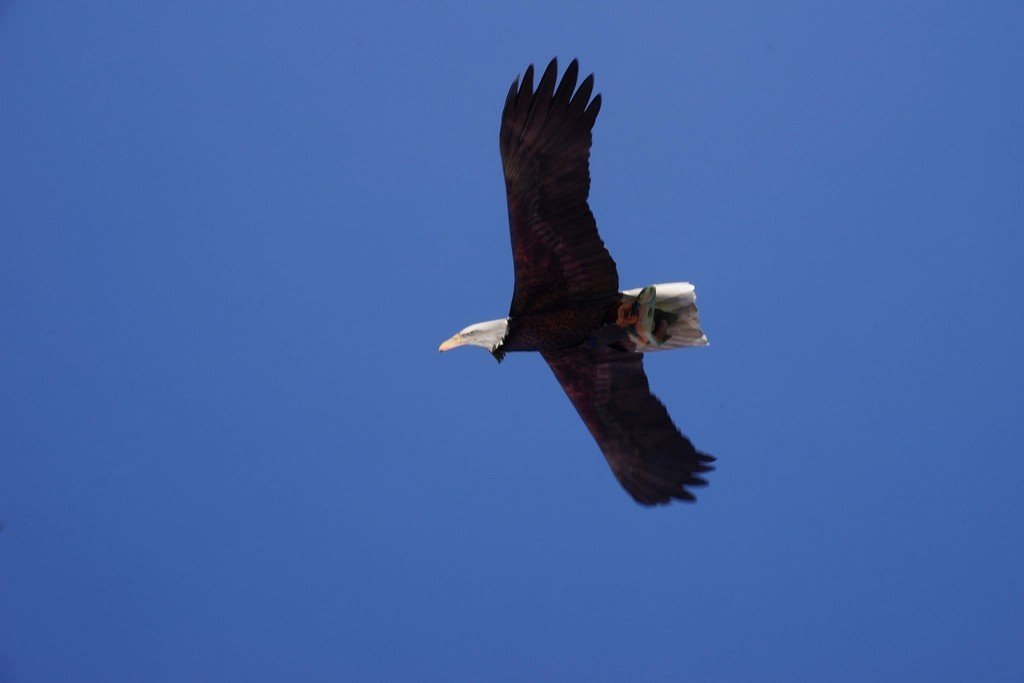
Wind is not just a push; it’s a toolbox. Sloping terrain makes ridge lift that can keep a body aloft longer, giving learners more time to correct a wobble before the ground intervenes. Gusts, though messy, carry pockets of energy that flapping animals can ride or reject, much like a skateboarder pumping a half-pipe to gain speed. Modern birds exploit leading‑edge vortices – swirling packets of low-pressure air over the wing – to get extra lift at slow speeds, and they pattern their wingbeats to tame or harness gusts rather than be bullied by them.
I’ve watched kestrels hang almost motionless in a headwind over a median strip, turning traffic turbulence into a hovering platform; that same physics, scaled down and roughened by inexperience, could have been a training ground for dinosaurian beginners.
Competing Ideas, Fresh Evidence
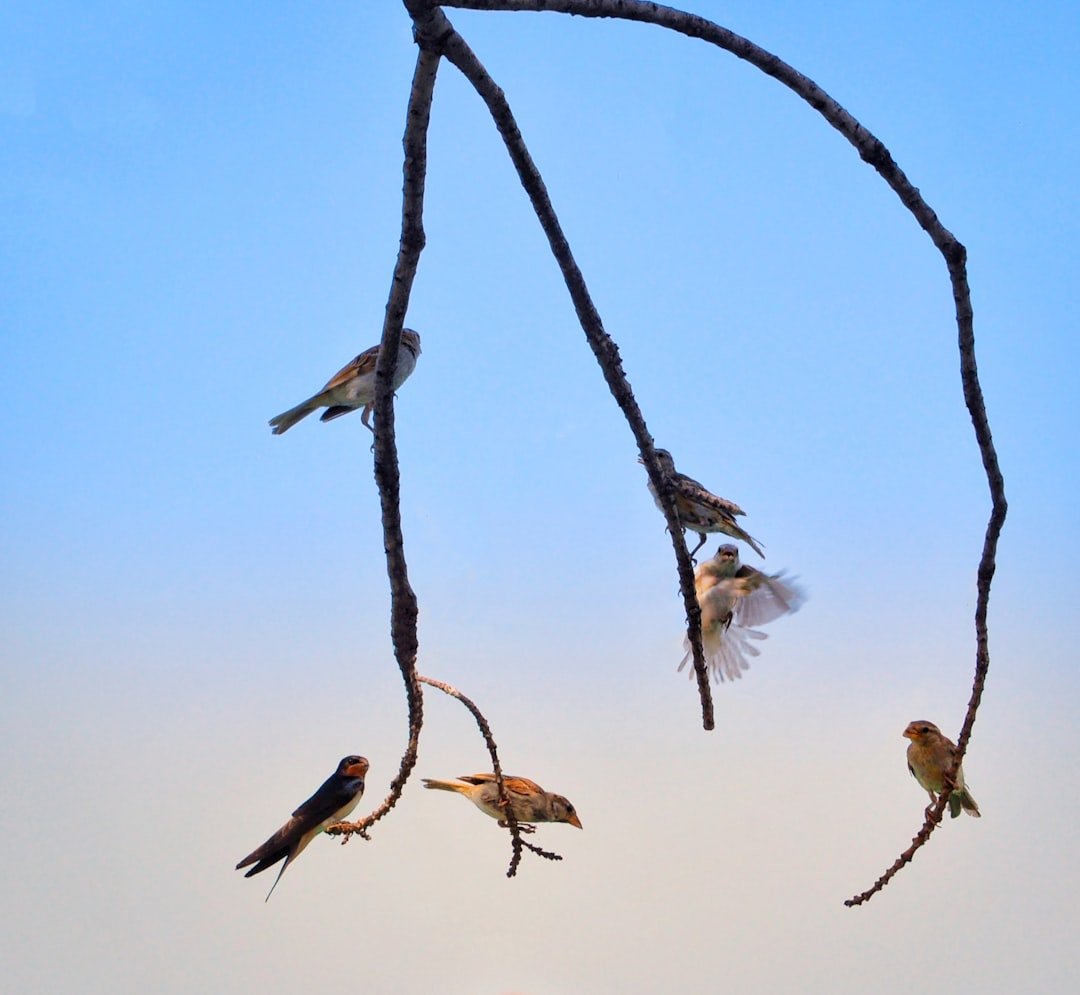
For decades the debate parked on two ramps: trees-down gliding versus ground-up running and flapping. Both have real evidence – gliding-capable forms on one hand, and behaviors like wing‑assisted incline running in modern birds on the other. The wind-centered view doesn’t erase either ramp; it joins them. On hillsides, running animals meet ridge lift and headwinds that make each hop last longer; in forests, drops from branches hit gusts that become teachable moments, turning chaos into practice. The wind becomes the ever-present tutor, stretching air time just enough for early wings to matter and for control reflexes to get faster, stronger, and finally, automatic.
The Hidden Mechanics of Learning
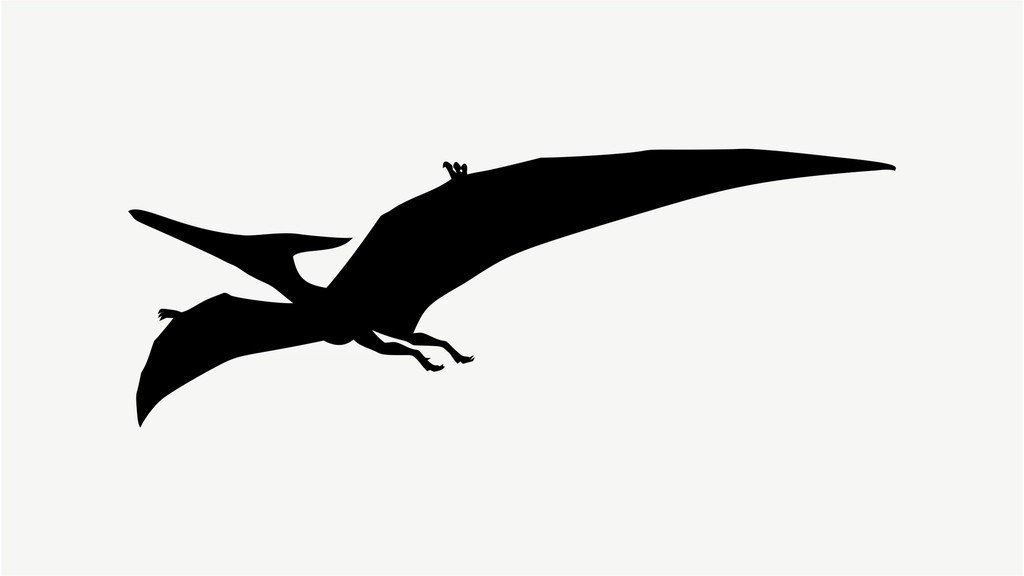
Young birds today master the air in stages: first a mad scramble of asymmetrical wingbeats to right themselves, then short controlled descents, and later confident flapping. Crucially, many of these skills unfold before full adult feathers or flight muscles are online, which hints that incremental benefits – stability here, braking there – pay off immediately. Early dinosaurs likely faced similar physics, even with different bodies. A tail that once balanced a sprint can double as a pitch controller in a gust; a patch of leg feathers can transform a hard landing into a soft skid.
The sequence feels familiar to anyone who’s ever learned to bike: coasting to feel balance, tiny pushes to keep momentum, and at last the carefree glide that seems to appear all at once.
Why It Matters
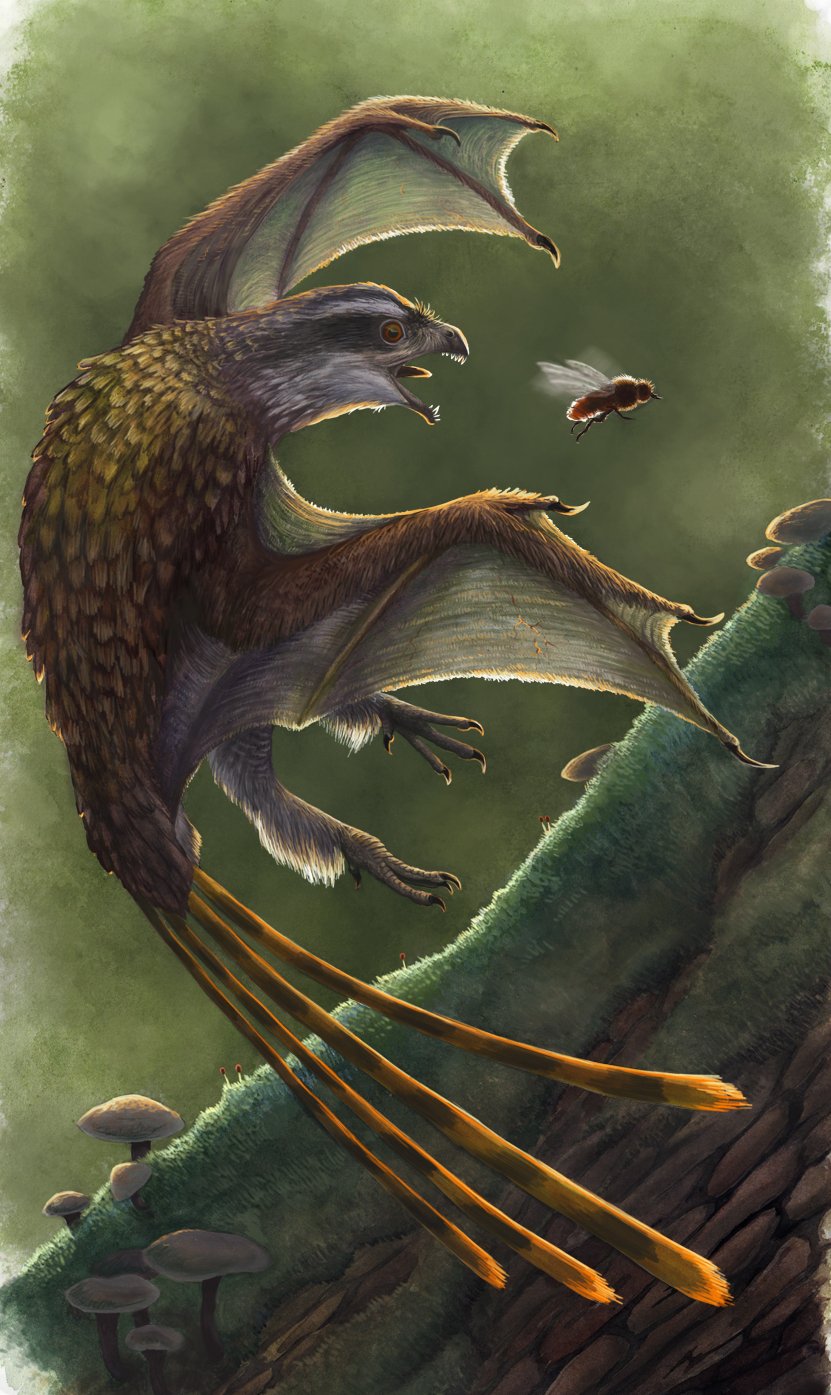
This isn’t just academic scorekeeping between origin-of-flight camps – it reframes how complex abilities emerge from small advantages. If wind repeatedly extended the time aloft, selection could favor better control long before heroic wing power evolved, a path that makes evolutionary sense and engineering sense. Compared with tidy laboratory air, real landscapes throw turbulence, shear layers, and unpredictable eddies at bodies; to succeed there, you need nimble control more than brute force.
Appreciating wind as a co‑author in the story helps reconcile fossil shapes with living behaviors and gives biomechanists a richer testbed. It also nudges robotics toward designs that thrive in gusts instead of fearing them, because messy air may be a feature, not a bug.
Global Perspectives
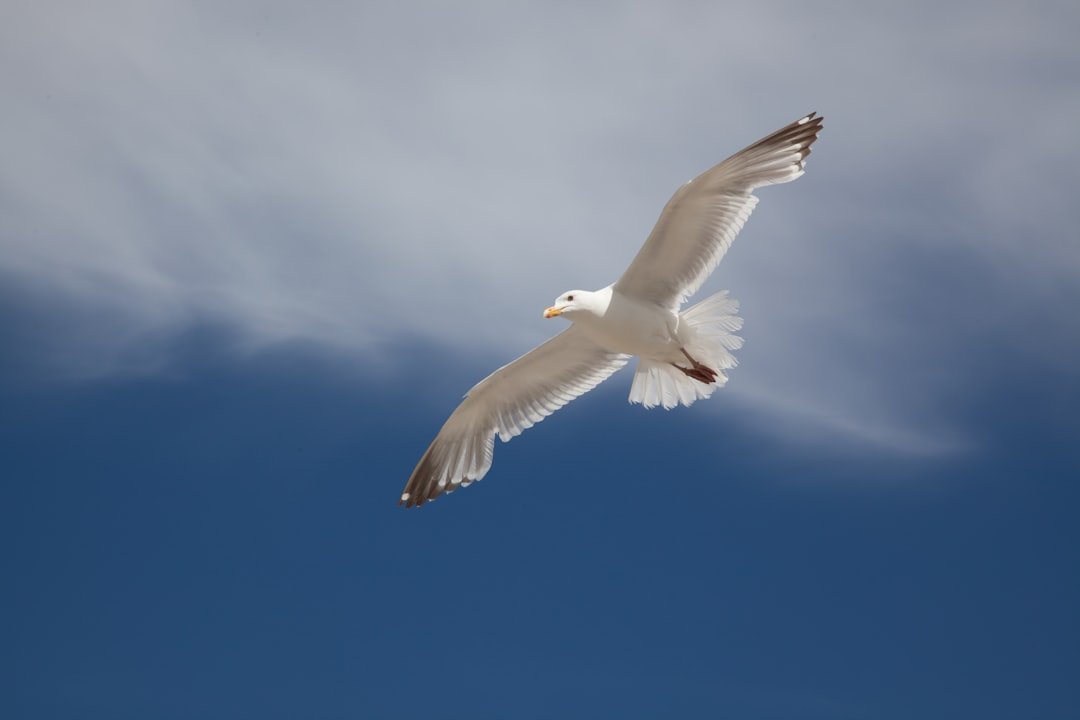
Field sites that birthed this debate span continents: wind‑scoured limestones, lake beds that captured delicate feathers, and ridgelines where modern birds still surf the air. Across these places, the context repeats – a meeting of topography and airflow that amplifies small aerodynamic tricks into life-saving advantages. You can watch it in the Andes with condors riding thermals, in coastal cliffs where falcons knife into headwinds, and, by analogy, in the fossil-bearing slopes that once hosted small paravians.
What’s striking is the universality: wherever wind and relief converge, flyers practice. It’s reasonable to imagine ancient learners doing the same, because the rules of air haven’t changed.
The Future Landscape
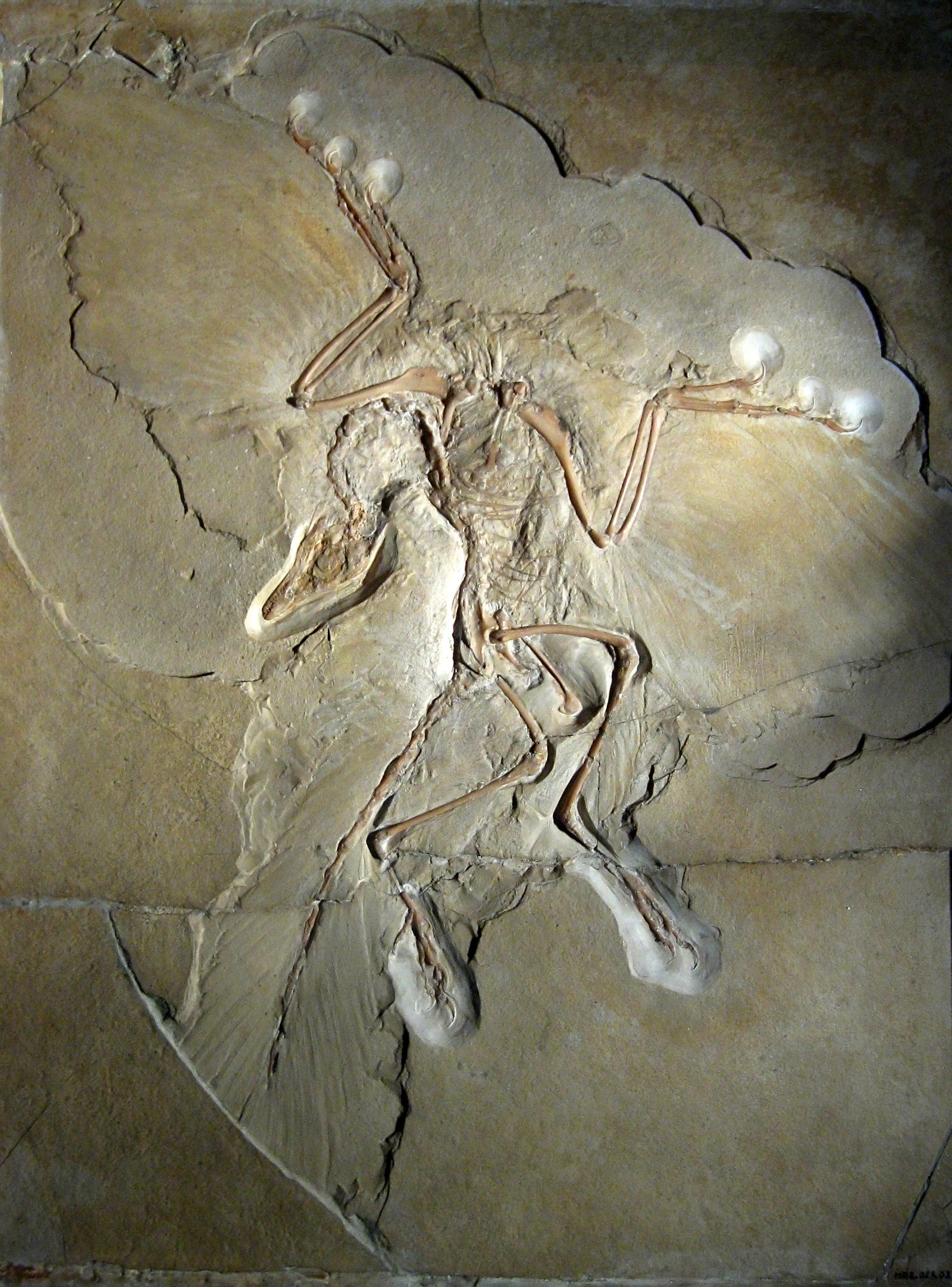
Next steps will blend fossil reconstructions with animal-borne sensors and field robots that feel the wind the way a body does: moment by moment, gust by gust. Expect more wind‑tunnel tests of feathered models that include transient gusts rather than steady flows, paired with on‑board cameras in small birds to capture control strategies in the wild. Engineers are already using flexible wings and quick, low‑compute responses inspired by birds’ passive gust rejection, and those methods could back‑inform paleobiology by revealing which shapes work in real weather.
The big open questions are deliciously practical: how much ridge lift does it take to turn a leap into a glide, and which tail shapes tame crosswind snaps best? With climate patterns shifting regional winds, we may even learn how ancient flight origins would have played out under different skies.
How You Can Engage
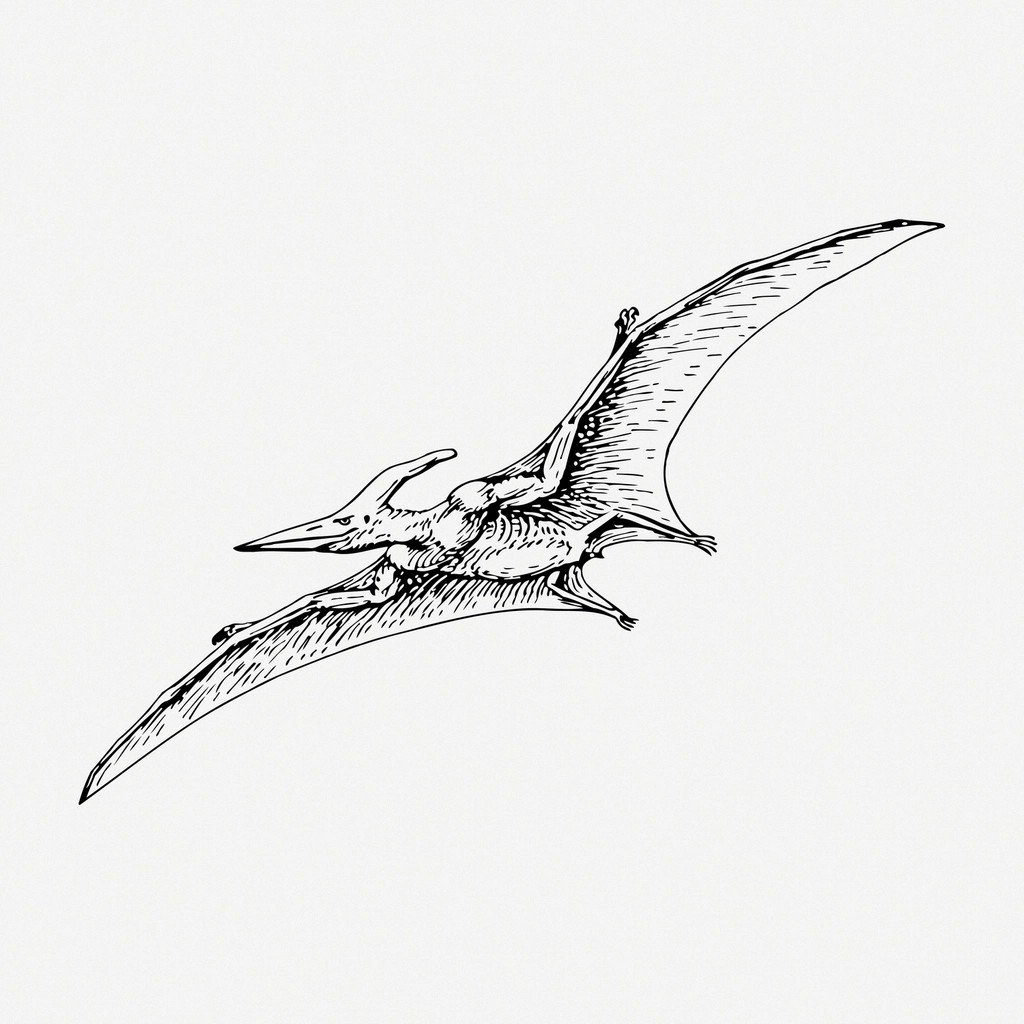
Visit natural history museums and support exhibits that link fossils to function, not just to names and dates. Back field projects and open datasets that let researchers test models in real landscapes where gusts live, from canyon rims to forest gaps. If you fly drones, practice responsibly and learn from birds: pick your weather, respect thermals, and understand how turbulence blooms around buildings and cliffs. Encourage parks and communities to preserve the very features – ridges, mature trees, wind corridors – that make wild air a classroom for today’s animals. Small acts that keep the wind’s laboratory open can help science answer big, delightful questions.

Suhail Ahmed is a passionate digital professional and nature enthusiast with over 8 years of experience in content strategy, SEO, web development, and digital operations. Alongside his freelance journey, Suhail actively contributes to nature and wildlife platforms like Discover Wildlife, where he channels his curiosity for the planet into engaging, educational storytelling.
With a strong background in managing digital ecosystems — from ecommerce stores and WordPress websites to social media and automation — Suhail merges technical precision with creative insight. His content reflects a rare balance: SEO-friendly yet deeply human, data-informed yet emotionally resonant.
Driven by a love for discovery and storytelling, Suhail believes in using digital platforms to amplify causes that matter — especially those protecting Earth’s biodiversity and inspiring sustainable living. Whether he’s managing online projects or crafting wildlife content, his goal remains the same: to inform, inspire, and leave a positive digital footprint.

